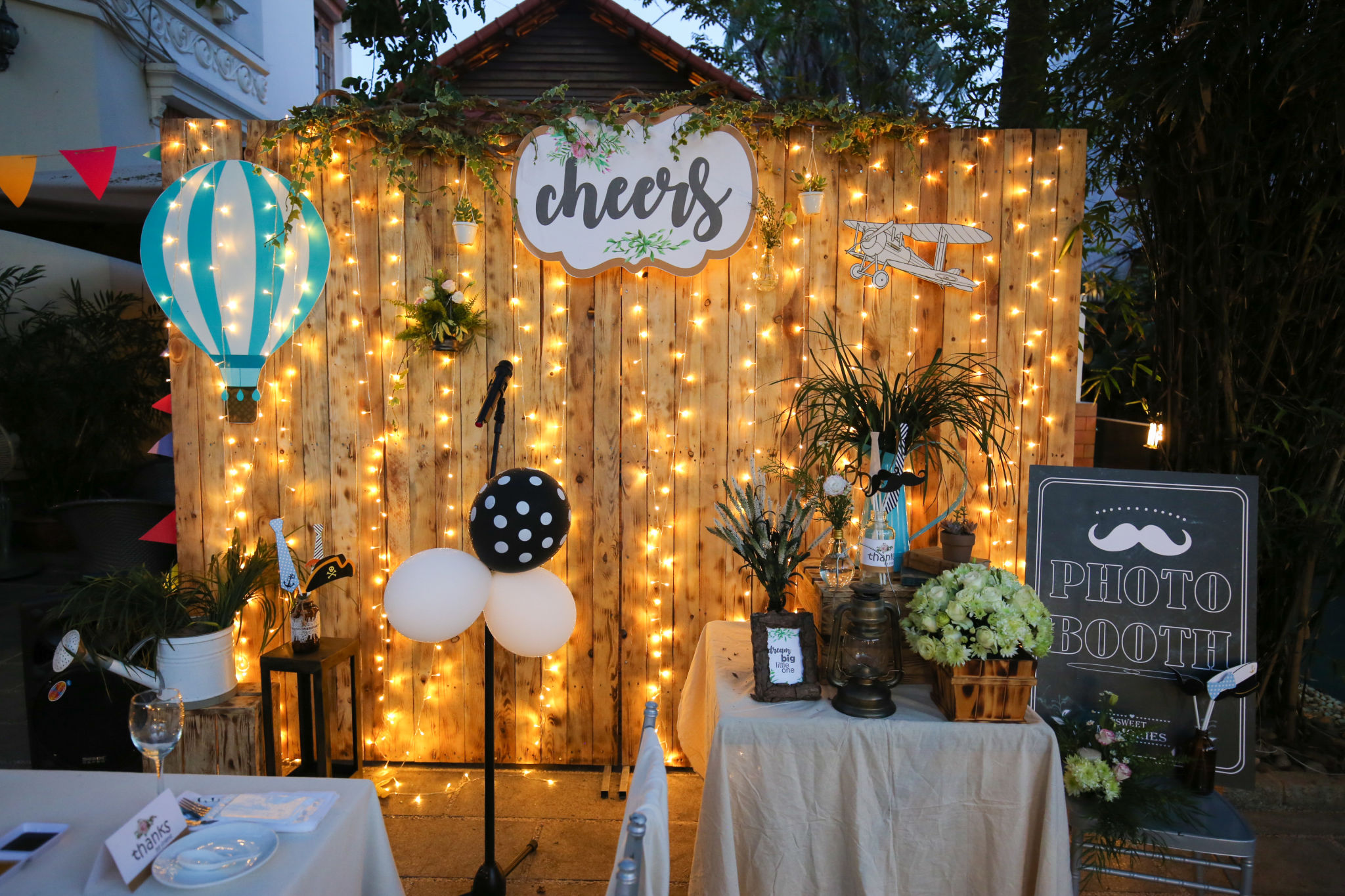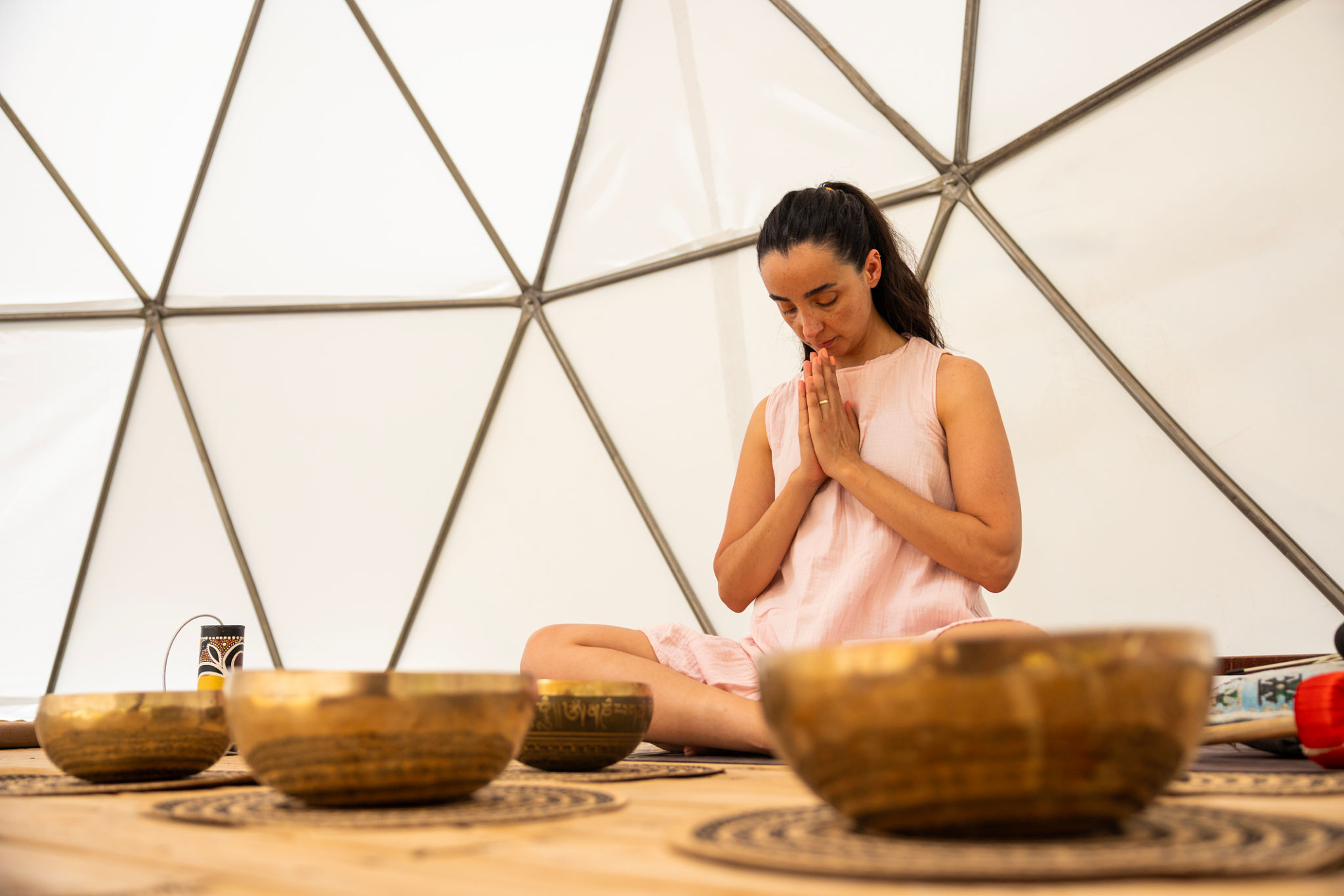DIY Event Setup: A Step-by-Step Guide to Setting Up Your Own Sound and Lighting
Introduction to DIY Event Setup
Organizing your own event can be both exciting and daunting. One of the critical aspects of ensuring your event is a success is setting up the sound and lighting. A well-executed setup can transform an ordinary space into an extraordinary experience for your guests. With a bit of planning and the right equipment, you can achieve professional results on a budget.
In this step-by-step guide, we'll walk you through the essentials of setting up your own sound and lighting for an event. Whether you're planning a wedding, party, or corporate gathering, these tips will help you create the perfect atmosphere for any occasion.

Getting Started: Planning and Preparation
Before diving into the technical aspects, it's crucial to plan your setup. First, consider the size of your venue and the number of attendees. This will determine the type and amount of equipment you'll need. Make a checklist of everything required, from microphones to extension cords.
Next, decide on the overall theme and mood you want to create. Are you aiming for a lively and energetic atmosphere or something more intimate and relaxed? Your choice will influence the type of lighting and sound equipment you'll use. Research different options and read reviews to make informed choices.
Essential Equipment Checklist
- Speakers and amplifiers
- Microphones (wired or wireless)
- Mixer board
- Lighting fixtures
- Cables and connectors
- Stands and mounts
- Power sources and backup generators

Setting Up the Sound System
Once you've gathered your equipment, it's time to set up the sound system. Begin by placing your speakers strategically around the venue to ensure even sound distribution. For larger spaces, consider using multiple speakers to cover different areas effectively.
Connect your speakers to the amplifier using high-quality cables. Make sure all connections are secure to avoid any disruptions during the event. If you're using microphones, test them in advance to ensure they are picking up sound clearly.
Tuning and Testing
After setting everything up, it's time to tune your system. Adjust the levels on your mixer board to balance the audio output. It's essential to walk around the venue while testing to ensure there are no dead spots or areas where the sound is too loud.

Designing Your Lighting Setup
The right lighting can dramatically enhance the ambiance of your event. Begin by identifying key areas that need illumination, such as the stage, dance floor, or dining area. Depending on your theme, choose between LED lights, spotlights, or even fairy lights for a softer glow.
Mount your lighting fixtures securely, and make sure all cables are safely tucked away to prevent tripping hazards. Experiment with different colors and effects to see what works best for your event's atmosphere.
Creating Special Effects
Consider adding special effects like fog machines or strobe lights for an extra wow factor. However, use these sparingly to avoid overwhelming your guests. Always test these effects in advance to ensure they function correctly.
Final Checks and Troubleshooting
Before your guests arrive, perform a final check of all equipment. Ensure everything is powered correctly and functioning as expected. Have a backup plan in place for any technical difficulties that may arise during the event.
If possible, enlist a friend or hire a technician to monitor the sound and lighting throughout the event. This allows you to focus on hosting while ensuring everything runs smoothly.

Conclusion: Enjoy Your Event
With careful planning and attention to detail, setting up your own sound and lighting can be a rewarding experience. Remember that practice makes perfect—don't hesitate to do a trial run before the big day. Enjoy the process, and most importantly, have fun creating unforgettable moments for you and your guests.
